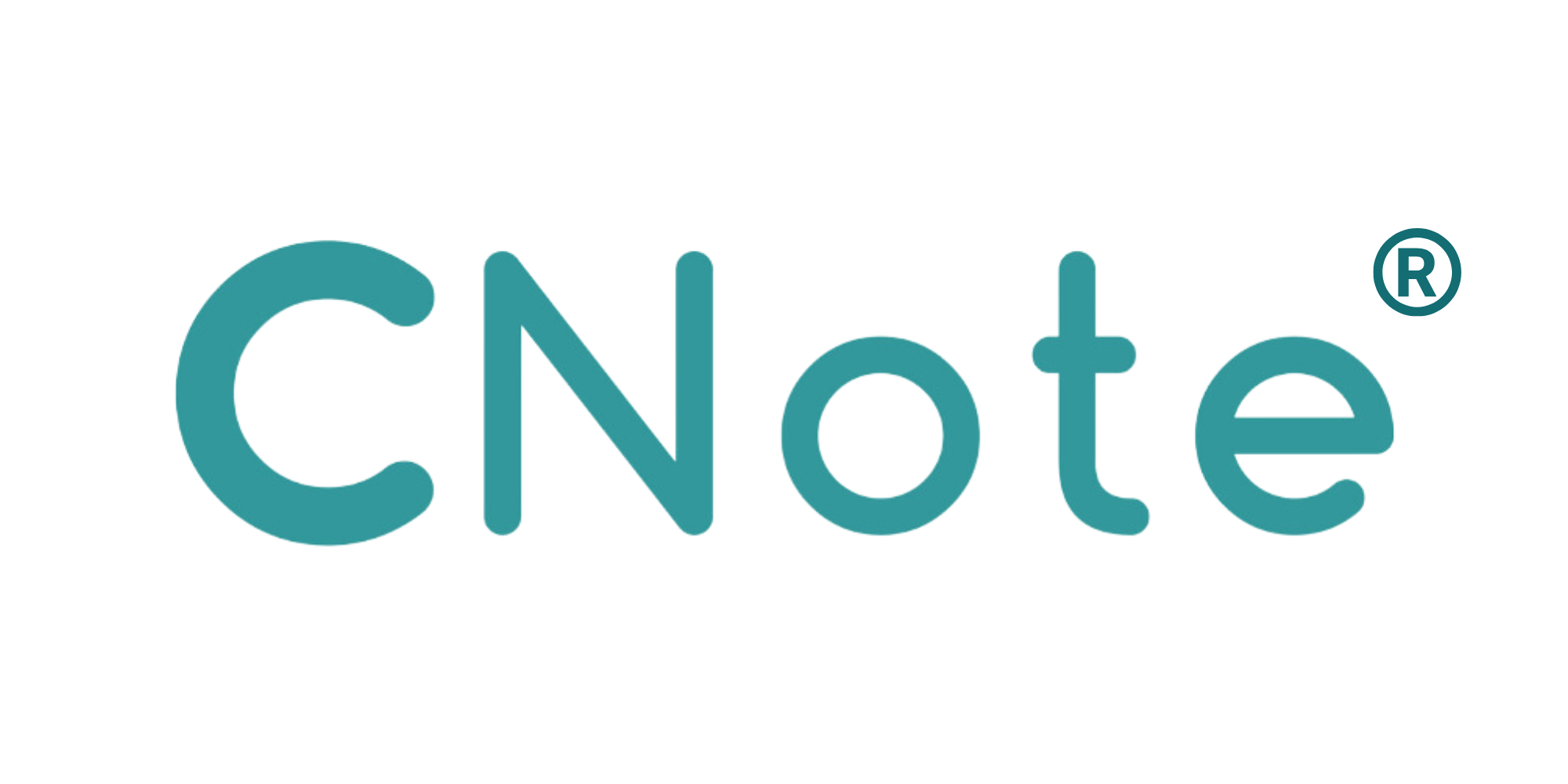Financial advice: Is it only for the 1%?
While the topic often invokes images of offshore tax havens and the management of large family estates, it is an outdated misconception that only those with a significant stockpile of cash can get access to top-tier financial advice.
With the advent of online brokerages and smartphone applications, there has never been an easier time to start investing and get a return on your investment, no matter what size your portfolio might be.

If you are just starting out, it is easy to be overwhelmed by the vast array of professional designations in the financial advisory industry. Therefore, this article covers the different options available so that you can identify who and what to look out for to get the investment advice that is right for your situation.
What Financial Advisors are Available?
The first thing to know is that title of “financial advisor” is actually quite general and can be applied to a wide range of individuals or institutions that provide investment advice.

Here is an overview of the most common designations you might encounter when searching for a financial planning professional.
Certified Financial Planner (CFP)
Professionals with the CFP designation have passed a series of standards set by the Certified Financial Planner Board of Standards. These standards include the successful completion of a national standardized test in addition to a recently updated code of ethics, which mandate that every CFP:
1. Act with honesty, integrity, competence, and diligence.
2. Act in the client’s best interests.
3. Exercise due care.
4. Avoid or disclose and manage conflicts of interest.
5. Maintain the confidentiality and protect the privacy of client information.
6. Act in a manner that reflects positively on the financial planning profession and CFP® certification
Chartered Financial Analyst (CFA)
The CFA designation is earned after passing a rigorous set of three exams administered by the Institute of Chartered Financial Analysts. The exams cover topics such as portfolio management, financial analysis, and fixed income models.
Those bearing the CFA designation must also adhere to the CFA Institute’s Code of Ethics and Standards of Professional Conduct, which governs integrity in areas such as investment analysis and client communications.
Chartered Financial Consultant (ChFC)
Offered by the American College of Financial Services, the Chartered Financial Consultant designation is quite similar to a CFP, aside from a slightly more rigorous course load and the way in which the tests are administered.
While a candidate for the CFP designation must take seven courses and one concluding comprehensive exam, the ChFC designation requires nine individually-graded courses.
Like with the requirements for becoming a CFP, ChFC members must also hold to a code of ethics and show multiple years of full-time experience in a field related to financial planning.
Registered Investment Advisor (RIA)
Dating back to the 1940 Investment Advisers Act, an RIA is an individual or company that provides financial advice for a fee and is registered with legal authorities such as the SEC or local state security agency. You can get background information on both SEC- and state-registered investment advisers by using FINRA BrokerCheck or by using the SEC’s Investment Adviser Public Disclosure database.
The Difference Between a Certified Financial Planner and a Registered Investment Advisor
CFPs and RIAs are often considered the two most popular designations for those seeking financial advice.
Both CFPs and RIAs share a fiduciary duty, meaning they are required to provide financial advice and services according to only the best interests of their clients.
This means that professional advisors should not be promoting financial solutions based on what earns them the most in commissions, but instead take the time to understand what most closely fits your needs.
However, CFPs differ from RIAs in the requirements necessary to gain the title as well as in the scope of their expertise.
As mentioned before, CFPs must pass a comprehensive exam, undergo significant working experiences in the field, and adhere to the CFP Board’s Standards of Professional Conduct.
RIAs are under no such requirement, as they do not technically hold a professional designation. Aside from registration with legal authorities such as the SEC and state financial authorities, the primary qualifications to become an RIA are certain examination requirements such as the Series 7 or Series 65 that qualify individuals under FINRA regulations. You can read more about the qualification process here and here.
CFPs are focused primarily on the lifetime planning of financial resources, meaning they keep in mind budget, insurance, retirement and estate planning.
RIAs, meanwhile, are often specialized in securities and portfolio analysis, but can also offer other services as well.
Fee Structures
How financial advisors get paid for the services they provide is also an important aspect of identifying which kind of advisor fits your personal investment needs.
While there are many ways in which financial advisors get paid for the services they offer to clients, two of the most common fee structures that you might encounter are percent fees and retainer fees.

Percent Fees
Percent fees are calculated based on a predefined percentage of your assets under the management of a financial advisor. Fees are usually in the range of 1% to 2%,
Percent fees have been a significant barrier for those capable of investing only modest sums of money in the past, as financial advisors who operate under such a fee structure are naturally incentivized to seek wealthier clients in order to increase the return on their time.
Retainer Fees
Unlike percent fees, retainer fees are an upfront cost paid for the services of a financial advisor. They are not solely dependent on the amount of assets you have placed under the financial advisor’s management, although retainer fees may be higher for more complicated financial situations.
You can think of retainer fees as a sort of advance payment, as they are not dependent on the outcome of the financial services rendered.
How to Check Advisor Credentials
Now that you have some idea what kinds of designations and fee structures to look out for when choosing a financial advisor, the next step is to find one that matches your criteria.
BrokerCheck is an excellent resource to see if an advisor or firm is properly registered to offer financial advice or trade in securities such as stocks, bonds, and mutual funds.
If you are specifically looking for a CFP to serve as your financial advisor, the CFP Board has put together a useful website to find one near you, wherever you are in the U.S.
You can also check the list of brokers who have been barred by FINRA to make sure your preferred choice has not been disallowed from engaging in securities or investment banking activities.
Modern Alternatives to Traditional Advisors
In recent years, innovations in financial technology have radically altered the investment landscape for those who were shut out from the formal investment sector in the past.
Robo-Advisors
Robo-advisors are a recent innovation in financial services that largely does away with the human side of the business. While the first robo-advisor went online in 2008, there are now more than 200 such digital platforms available in the U.S. alone.
A major benefit of robo-advisors is the ease of access and low fees as compared to human advisors.

While human advisors are more likely to take on clients of higher net worth, especially if under a percent fee structure, robo-advisors provide financial advisory services for clients with investments as low as $500. In addition, it is common to find robo-advisors that charge in the range of 0.25% to 0.5%, compared to the 1% to 2% more typically found with human advisors.
However, the lack of human involvement also serves as a shortcoming of robo-advisors, since they often operate under the assumption that clients have a solid understanding of their own preferences and financial capabilities and merely need suggestions for reaching predetermined goals.
If you are looking to invest for the first time, you might not know exactly what you are looking to do with your money or how to properly define such factors as your personal risk tolerance.
As a result, robo-advisors are excellent tools for those looking to invest a small amount of capital for the first time, but those looking to handle more complicated financial situations are still likely to find that human financial advisors provide more versatile and nuanced planning services.
Passive ETF Investing
Exchange Traded Funds (ETFs) are securities designed to track the performance of an index or asset class such as the S&P 500 or oil respectively. ETFs give investors diversified exposure to a class of stocks without committing to one particular company in that sector.
A passive ETF approach reduces fees by limiting the buying and selling of individual securities. This not only reduces transaction costs but also eases a financial advisory company’s reliance on the decisions of employees and the salaries and research fees associated.
Passive ETFs also benefit from a higher level of transparency than actively traded funds, as ETF providers publish daily fund weightings describing the percentage of each index in the fund.
The lack of hands-on management also serves as a possible drawback of passive ETFs in an economic environment of extreme instability. By nature, ETFs are not designed to adjust to rapidly changing market conditions the way that skilled active managers might. Additionally, as an unexperienced investor, you could fall in to a trap of selling your ETF holdings at the lows and buying back in towards the highs. Having someone give you advice and help you make rational decisions around your strategy might help you make better choices. If you are confident you can manage the emotional swings of managing your own money ETFs might be a great option. However, if you think you need a steady hand to guide you, the 1% fee you may have to pay might end up paying for itself many times over.
The Bottom Line
Whether you choose to go with a CFP or an RIA under a percent fee or a retainer fee arrangement, understanding what it all means is the first and most important step to deciding what kind of financial advisor is right for you.
Just remember that your own financial needs are unique, and so it pays to take the time to select the most suitable option for your situation.
We hope this article has been useful in giving you an overview of what financial advisory options are available, and wish you the best of luck as you begin your journey into the world of investing.

Note: CNote is not a registered investment advisor, and this information should not be relied upon as investment advice. Every financial situation is different and you should seek tailored advice to your specific financial circumstances.


